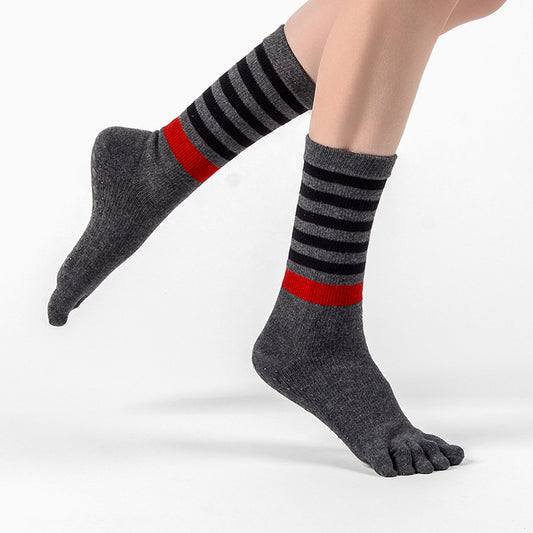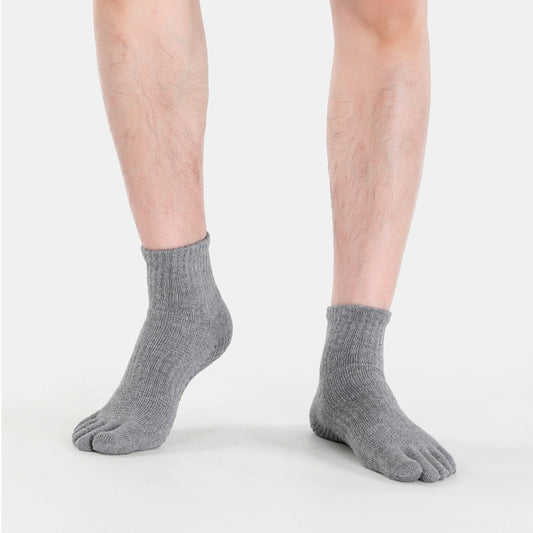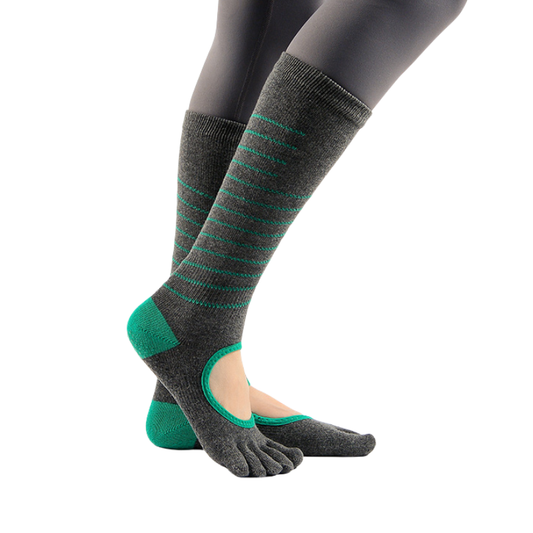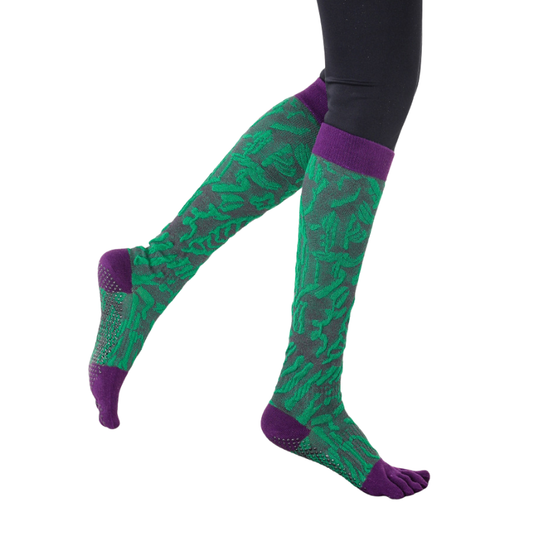Flat feet—also known as fallen arches—are surprisingly common. But are they a cause for concern? The answer: it depends. For some, flat feet are just a physical trait. For others, they signal deeper issues like foot pain, improper gait, or joint misalignment.
In this article, we’ll explore what flat feet really are, when they might become a problem, and what you can do about them—backed by medical insight and real-world experience.
What Are Flat Feet?
Flat feet occur when the arch of the foot collapses, allowing the entire sole to touch the ground. This condition is also called pes planus. While it's often inherited, it can also be acquired over time.
There are several types:
-
Flexible flat feet – arches appear when not standing
-
Rigid flat feet – arches remain flat even when off the ground
-
Congenital flat feet – present from birth
-
Acquired flat feet – develop in adulthood due to injury or strain
Studies show that up to 30% of the population may have some degree of flat feet, and most of them experience no issues at all. It’s particularly common in children under six, where arch development is still ongoing
What Causes Flat Feet?
Flat feet can be genetic or caused by wear and tear. Common causes include:
-
Genetics
-
Obesity – increased weight puts stress on arches
-
Injury – especially to the posterior tibial tendon
-
Arthritis – such as rheumatoid arthritis
-
Diabetes
-
Pregnancy – hormone changes and added weight can contribute
One of the most common forms in adults is posterior tibial tendon dysfunction (PTTD), where the tendon supporting the arch becomes inflamed or torn【Mayo Clinic】.
Is Flat Feet a Problem?
Flat feet aren’t always problematic. Many people live comfortably without any treatment. However, certain signs suggest flat feet may be affecting your mobility or health:
✅ No Problem If:
-
No pain or discomfort
-
Normal range of motion
-
Balanced gait
🚩 Cause for Concern If:
-
Pain in the arch, heel, ankle, or lower back
-
Fatigue or cramping in the feet
-
Trouble walking or standing for long periods
-
Shoes wear unevenly (overpronation)
Over time, untreated flat feet can lead to joint misalignment, knee issues, and hip or lower back pain due to improper walking mechanics
Symptoms That Require Attention
If you experience the following, it’s wise to consult a healthcare provider:
-
Pain along the inner ankle or arch
-
Swelling or inflammation in the foot
-
Inability to stand on your toes
-
Frequent ankle rolling or sprains
-
Tired, achy feet after short walks
Persistent symptoms suggest a structural or tendon issue, such as adult-acquired flatfoot from posterior tibial tendon dysfunction
How Flat Feet Are Diagnosed
A proper diagnosis is key. Doctors typically perform:
-
Physical foot exam (standing and walking)
-
Shoe wear pattern inspection
-
Gait analysis
-
Imaging tests like X-rays, CT scans, or MRIs
Early diagnosis is especially important for children whose arches haven’t formed or adults experiencing pain and dysfunction【Verywell Health】.
Flat Feet Treatment Options
1. Non-Surgical Treatments
-
Custom orthotic insoles – Provide arch support and realign pressure. For example, Zokfit’s Arch Support Insoles are designed to help reduce overpronation and ease heel or arch pain.
-
Physical therapy – Stretching the Achilles tendon and strengthening foot muscles
-
Supportive footwear – Avoiding flimsy shoes or high heels
-
Pain management – Icing, rest, or NSAIDs (e.g., ibuprofen)
2. Lifestyle Changes
-
Weight loss to reduce stress on feet
-
Modifying high-impact activities like running or prolonged standing
3. Surgical Options
-
Surgery may be recommended for:
-
Severe tendon tears
-
Rigid flatfoot deformity
-
Pain not relieved by conservative care
-
Most people improve with conservative treatments and rarely require surgery
Most people improve with conservative treatments and rarely require surgery【OrthoInfo – AAOS】.
Can Flat Feet Be Prevented?
While you can't always prevent flat feet, you can take steps to avoid complications:
-
Wear shoes with good arch support and cushioning
-
Stretch your calves and Achilles tendon regularly
-
Monitor children’s foot development early on
-
Replace worn-out shoes before they affect posture
Flat Feet and Everyday Comfort: Why Insoles Help
A reliable insole can redistribute pressure, support weak arches, and reduce pain. Zokfit’s orthopedic insoles for flat feet are:
-
Ergonomically contoured to support natural arch shape
-
Made with high-rebound cushioning and moisture-wicking layers
-
Designed to fit in sneakers, work boots, or casual shoes
Adding insoles is often the first line of defense before exploring more intensive interventions.
When to See a Specialist
Consult a podiatrist or orthopedic foot specialist if:
-
Your symptoms interfere with daily activities
-
You’ve tried arch supports with no relief
-
There’s visible deformity or misalignment
-
You experience pain in multiple joints (hips, knees)
Early treatment improves long-term outcomes and can help avoid surgery altogether.
Conclusion
Flat feet aren't always a problem—but when they are, they can have a ripple effect on your whole body. Understanding when to seek help, and taking early action like using proper insoles, supportive shoes, or physical therapy, can dramatically improve comfort and mobility.
If you're struggling with pain or suspect your flat feet may be affecting your health, don’t ignore the signs. Proactive steps today can prevent bigger problems tomorrow.
🔗 Further Reading







